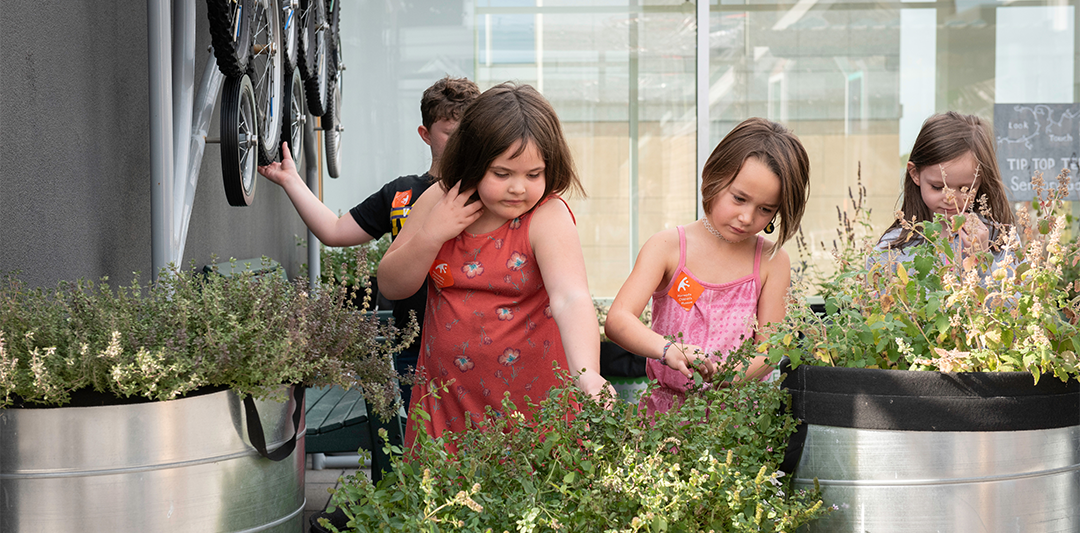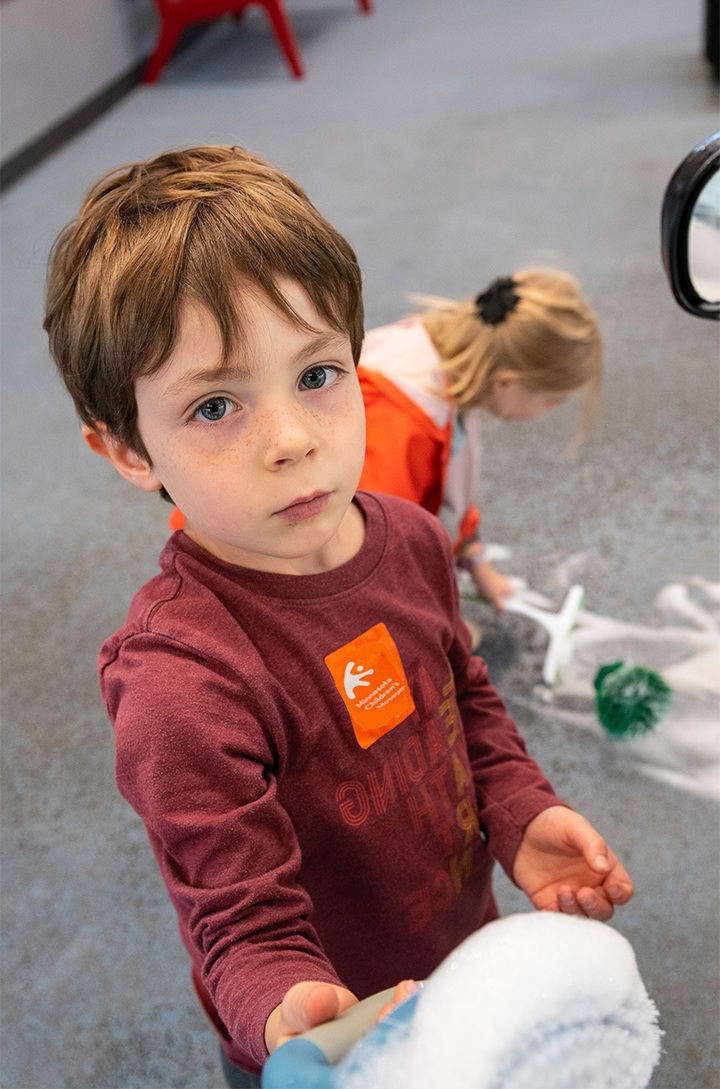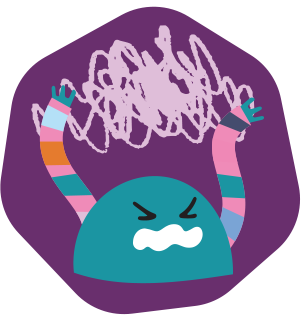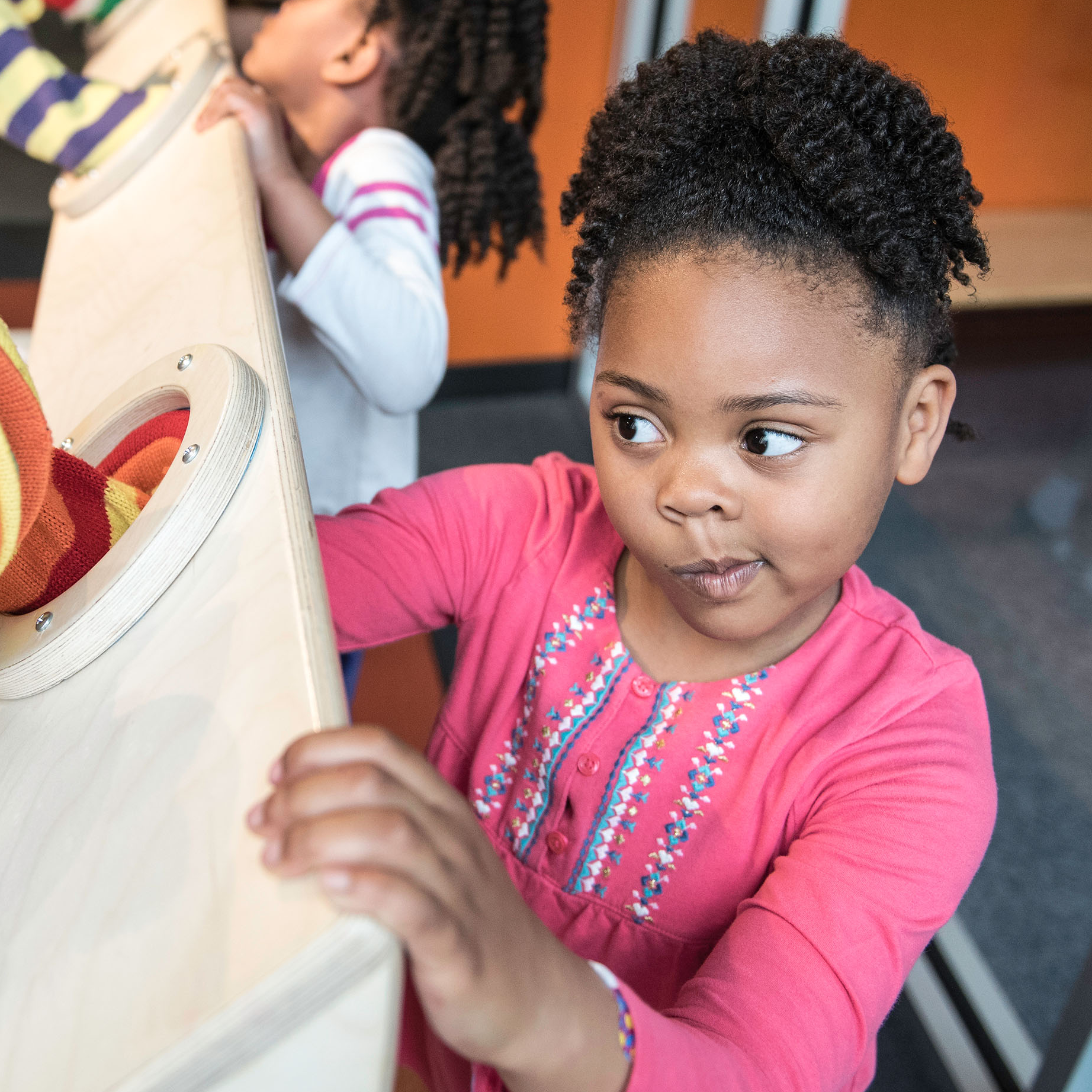Nurturing Happy, Healthy Kids:
The Power of Social-Emotional Learning

Nurturing Happy, Healthy Kids:
The Power of Social-Emotional Learning
Social-emotional learning is critical for children’s development. It boosts self-awareness, teaches kids to manage their own emotions and can even help build meaningful relationships with others. It also plays an important role in a child’s academic success, mental health and overall wellbeing.
We’ve always known that social-emotional learning plays a key role in a child’s healthy development. But, as the world has changed through the pandemic, it has become clear that social-emotional learning is more important now than ever before.
So, what does social-emotional learning mean? Why is it so important? And how can we support our kids (and ourselves) as they grow into social-emotional experts?
“Maybe your little ones are talking about emotions, naming emotions, sharing strategies for dealing with emotions… support that!”
What is Social-Emotional Learning?
Social-emotional learning, often referred to as SEL, is broadly defined broadly as the range of skills and outlooks kids need to thrive as students and individuals – skills like confidence, goal-setting, resilience and cooperation. “A term that really resonates with families trying to understand SEL is ‘essential life skills,’” says Tia Kim, vice president of education, research and impact at Committee for Children, a national advocacy group. To focus on SEL is not to steal time away from reading and arithmetic, she says, but to help kids grasp those subjects more deeply. “To do well in one, you have to do well in the other.”


Understanding the Need
Throughout the pandemic, most kids missed out on opportunities for peer interactions, where social-emotional learning blooms. In a national survey administered by the EdWeek Research Center in January 2022, 39% of educators said their students’ social skills and emotional maturity levels were “much less advanced” than before the pandemic. About 41% said their students’ were “somewhat less advanced” in those areas. Studies have shown that kids who entered the pandemic already facing setbacks, like depression or socioeconomic disadvantage, tended to see those challenges grow fiercer in the months that followed. That increased the demands on staff and resources when kids returned to daycares and schools after shutdowns.
The solution, says Kim and others, is not to take a blanket approach to SEL instruction, but for institutions to partner with families and communities to arrive at the best approach, then refine it as time goes on. “For SEL to be really successful, it has to be a true partnership,” Kim says. Schools and care centers “need to communicate well what’s being taught, the importance of it and how kids are learning. And families need to reinforce those skills at home.”
Supporting SEL
Sabrina Winkleman is the social emotional learning specialist for the Minnesota Department of Education. Her department offers guidance to districts on quality SEL programming, but does not prescribe specific curricula. Every district has a unique vision and needs, she says, from varying student demographics to diverse social and cultural values. Ideally, those differences are reflected in how the district approaches SEL. Parents, she says, should feel empowered to ask their children’s educators and caregivers what SEL looks like for their child.
Regardless of the setting, there may be similarities to how SEL shows up in students’ lives, Winkeman says. Take a math class, for example. Instead of launching into the specifics of a lesson, a teacher might start by first asking kids how they’re feeling about starting a new topic. Are they nervous? Are they excited? They might set goals around their learning for the unit, anything from, “I will ace the final test” to “I won’t get frustrated and give up if I don’t understand something.”
Winkleman also cites examples of schools and childcare centers across the state carving out time for group check-ins, particularly following the pandemic shutdowns. “They’re creating specific times for morning circles for checking in with each other, sharing how they’re feeling. It’s explicit time to connect and build relationships.”

At home, caregivers can ask about their kids’ SEL learning, she says. “Maybe your little ones are talking about emotions, naming emotions, sharing strategies for dealing with emotions… support that!” she says. “Many adults weren’t taught those things when we were in school, but let’s empower our children to have those skills because it’s a part of being human.”
Conflict is an entry point for social-emotional learning, too. When kids share stories of arguments with peers, ask them how they felt throughout the conflict and how they attempted to solve it. Nudge them to see the situation from the other child’s perspective as a way to arrive at a solution.
And don’t forget the fun parts of SEL, too, Winkleman says. “Talk to them about their relationships with friends. Maybe they learned that Joe loves lizards and isn’t that exciting! Building relationships and community is an essential piece of SEL,” she says.
For most kids, the experience of social-emotional learning feels less like a lesson and more like simply being a kid. Where there are setbacks, there are adults and peers to help them navigate the path forward. When mistakes are made, there are people to remind them that mistakes don’t define us. The trick, says Winkleman, is to have enough people reinforcing the idea that emotions and worries and joys are all a part of being human, and the more we share those realities with each other, the smoother the journey.
“When kids can use their SEL skills to set goals, work through challenging emotions, express joy, take others’ perspectives, build relationships, communicate and make responsible decisions, that’s empowering,” she says. “And that leads to a sense of joy and well-being in the world.”

Looking for more resources?
- The Minnesota Department of Education offers a wealth of materials designed to help support social-emotional learning. The materials were written for teachers and trainers, but are useful for anyone curious about the work.
- Zero to Three, a national advocacy group focused on our youngest kids, has a page devoted to supporting the social-emotional development of toddlers.
- Committee for Children offers parent-friendly explainers about SEL and ample research supporting its importance. Check out their podcast, too, Grow Kinder.
- The Collaborative for Academic, Social, and Emotional Learning (CASEL), is a longtime leader in advocating for SEL, offering tools and explanations to parents, caregivers and educators. CASEL also developed Leading With SEL designed to help people advocate for more and better social-emotional learning opportunities in their schools and communities.